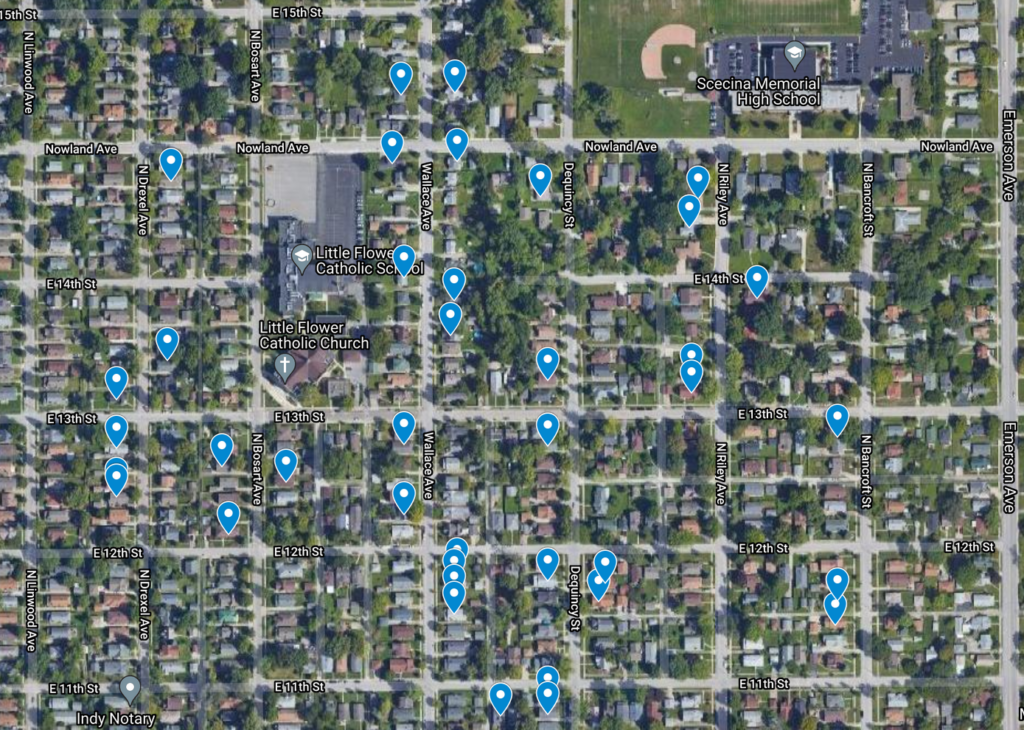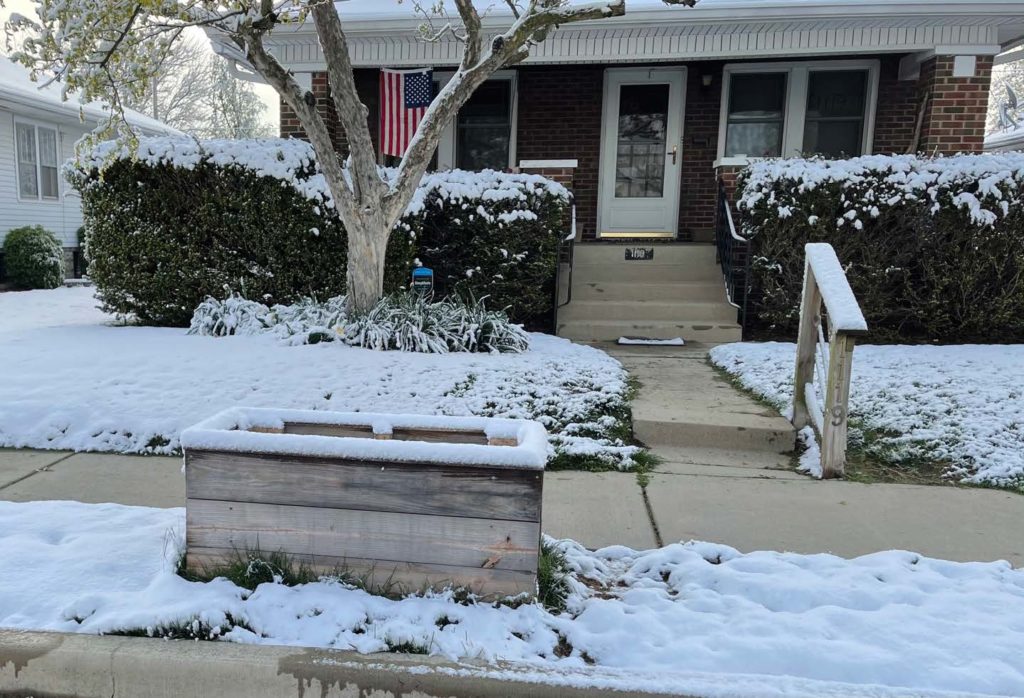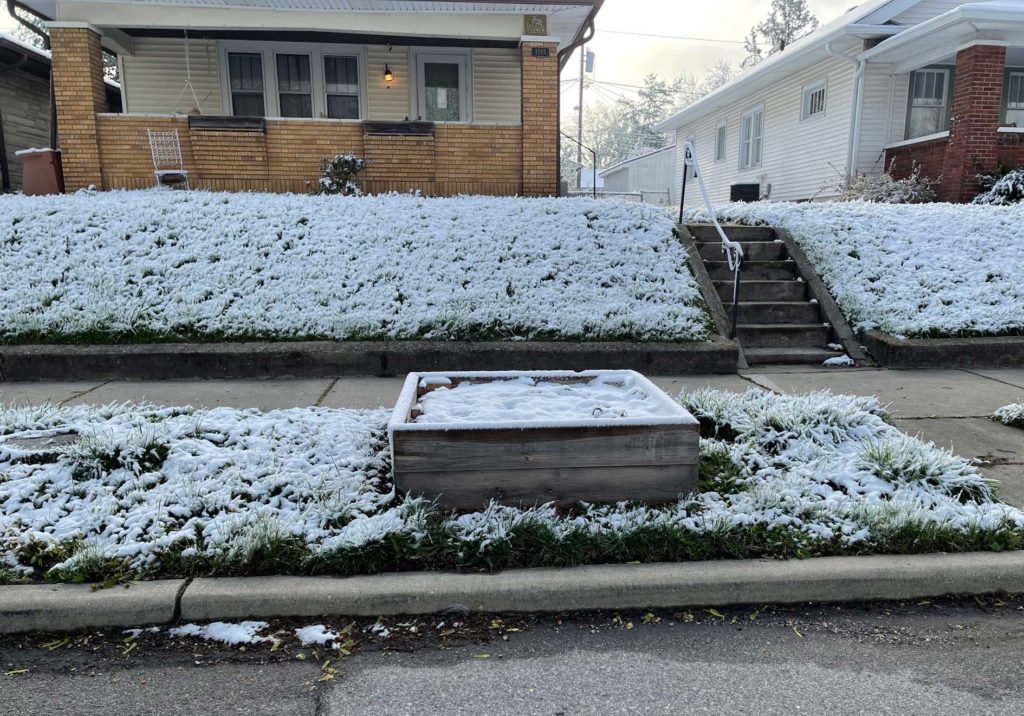
Food Insecurity
According to Feeding America (2021), severe food insecurity can be defined as the eating
patterns of one or more household members being disrupted and daily food intake reduced due to
a lack of funds or other resources for food. In 2019, the overall food insecurity rate was the
lowest it had been in more than twenty years (Bhattacharya & Haider, 2020). 1 in 9 individuals
(10.9%) and 1 in 7 children (14.6%) lived in a food-insecure household (Feeding America,
2021). More than 35 million Americans, including nearly 11 million children, were food
insecure. Two dominant factors that influence food insecurity rates include unemployment and
poverty, both of which were at recent lows heading into the COVID-19 pandemic (Bhattacharya
& Haider, 2020). The overall unemployment rate was 3.7% at the end of 2019 and the overall
poverty rate was 10.5% (Bhattacharya & Haider, 2020).
Although the statistics regarding food insecurity were at their lowest in decades, there
were still significant disparities among racial and ethnic group’s access to food. In 2019, 1 in 12
white, non-Hispanic individuals (8.1%) lived in a food insecure household (Feeding America,
2021; Bhattacharya & Haider, 2020). This can be compared to the 1 in 6 Latinx individuals
(15.8%) lived in severe food insecurity and the 1 in 5 Black, non-Hispanic individuals (19.3%)
lived in a food insecure household (Feeding America, 2021; Bhattacharya & Haider, 2020;
Odoms-Young & Bruce, 2019). Additionally, 1 in 4 Native American individuals (23.5%) lived
in a food insecure household (Feeding America, 2021; Bhattacharya & Haider, 2020; Odoms-
Young & Bruce, 2019).
Food Insecurity During COVID-19
Although the overall food insecurity rate had reached its lowest point since it began to be
measured in the 1990s, those improvements were being upended by the COVID-19 pandemic. It
is estimated that over 45 million people (1 in 7), including 15 million children (1 in 5), may have
experienced food insecurity in 2020 (Niles et al., 2021). Those statistics have dropped in 2021,
but not by much. It is estimated that 42 million people (1 in 8), including 13 million children (1
in 6), may experience food insecurity in 2021 (Niles et al., 2021). Many people who have been
most impacted by the pandemic were food insecure or at risk of food insecurity before COVID-
19 and are facing greater hardship since COVID-19. Significant racial disparities in food
insecurity which existed before COVID-19 remain in the wake of the pandemic. Feeding
America projects that 21% of Black individuals (1 in 5) may experience food insecurity in 2021,
compared to 11% of white individuals (1 in 9).
Little Flower
For this project, I focused on the Little Flower neighborhood. Little Flower is a small
residential neighborhood on the near east side of Indianapolis. The neighborhood received its
name from the large Catholic church that resides in its center. The street boundaries of Little
Flower are 16th Street, 10th Street, Emerson, and Sherman. Little Flower is a member of the
Near Eastside Neighborhood Organization, whose aim is the improvement of Indy’s Eastside.
There are currently 2,833 residents who reside in the neighborhood that is one mile south
of I-70 near exits 85 and 87 (Nowlin, 2018). The average yearly income for a Little Flower
resident is $31,677 (Nowlin, 2018). Over the last decade, the residents with a college degree
have increased in the neighborhood by over 35% (Nowlin, 2018). However, the median income
of residents and homeownership has declined significantly (The Polis Center, 2021). Although
many residents of the Little Flower neighborhood have college degrees, resident’s low median
annual income is a red flag for potential food insecurity, especially during the COVID-19
pandemic (Chilton & Rose, 2019).

Neighbors Feeding Neighbors in Little Flower
Covid-19 has disrupted food access and has significantly increased food insecurity.
Since March 2020, news reports have shown pictures and shared stories of even middle-class
individuals standing in lines at food banks. While monetary aid from the government and
assistance from social service organizations are greatly needed, creative solutions to food
insecurity are also needed.
One such creative idea that was recently launched by a Little Flower resident, seeks to
build raised beds in the front of people’s homes that buttress against public sidewalk. The raised
beds are built for free with the homeowner only paying or materials. Materials typically cost a
little less than $40. The aim of Neighbors Feeding Neighbors effort is that neighbors can grow
food in the raised beds for their neighbors who may be facing food insecurity and are walking
through the neighborhood.
The Neighbors Feeding Neighbors effort has truly taken off in the Little Flower
neighborhood. One needs simply drive through Little Flower’s streets to see new raised garden
beds. This project mapped every new community raised bed that has been built since the beginning of the COVID-
19 pandemic.
Overall, 55 raised beds were located and mapped in the Little Flower neighborhood. To
gather the addresses for the study, the researcher walked the length of each street in the Little
Flower neighborhood. Once each address was secured, a spreadsheet was created to log each
raised bed. Once the spreadsheet was complete, a MyMap from
Google Maps was created. Each address was pinned on the newly established map. See
the interactive MYMap here. Observers of the map can click on any of the pinned
addresses to view a street view of the property from Google Maps.
Observations
While completing this project, several observations were made. First, a majority of
raised beds were at homes that had some form of signage or flag on the property that was in
support of Black Lives Matter, LGBTQ Pride, or immigration. The presence of these signs and
flag are an interesting indicator of the type of individual or family that would be interested in
participating in an effort such as Neighbors Feeding Neighbors. Second, all of the raised beds
were in the section of Little Flower that is considered the “nice” portion of the neighborhood.
Each neighborhood has a “good and bad side of the tracks”, portions that are considered “safe”
and “nice” or “unsafe” and “rundown”. As a resident of Little Flower, it is known that the line,
or “track”, that separates the neighborhood is North Euclid Ave. The “nice” and “safe” part of
the neighborhood is the portion between North Euclid Ave. and Emerson Ave. All of the
community raised beds were in this portion of the neighborhood. The locations of the
community raised beds are also an interesting indicator of demographic of who would participate
in such an effort like Neighbors Feeding Neighbors.

Critique and Questions
While I believe that the Neighbors Feeding Neighbors effort is a great idea with amazing
potential (My family has a raised bed in our front lawn), I do believe that there are some
considerations that must be made. First, while the desire is to feed the neighborhood, it remains
unclear if the food being planted is ever reaching the mouths of those who need it the most.
Second, if the food is reaching the right people, what impact are the raised beds having on the
overall food security of those taking the food. Third, neo-liberalism has fixated on the roles and
responsibility of the individual in a society. It is social taboo to take food from someone’s
property, even if there is a sign that says free on it. What education is occurring in the broader
neighborhood to ensure those that are needing food the most feel comfortable taking it from
someone else’s property. Lastly, as all of the raised beds are in the “nice part of town” that
arguably has less of a need than other portions of the neighborhood, have residents simply
created an echo chamber that satisfies their own altruistic impulses rather than meeting the real
need?
References:
Bhattacharya, J., Currie, J., & Haider, S. (2020). Poverty, food insecurity, and nutritional
outcomes in children and adults. Journal of health economics, 23(4), 839-862.
Chilton, M., & Rose, D. (2009). A rights-based approach to food insecurity in the United States.
American journal of public health, 99(7), 1203–1211.
Feeding America. (2021, March). The Impact of the Coronavirus on Food Insecurity in 2020 & 2021.
Nowlin, M. (2018, July 27). In Little Flower, More College Graduates, Young Adults, but Incomes are Falling. SAVI.
Odoms-Young, A., & Bruce, M. A. (2019). Examining the impact of structural racism on food insecurity: Implications for addressing racial/ethnic disparities. Family & community health, 41 Suppl 2 Suppl, Food Insecurity and Obesity (Suppl 2 FOOD INSECURITY AND OBESITY), S3–S6.
The Polis Center. (2021). Little Flower, Indianapolis. Community Profiles SAVI.